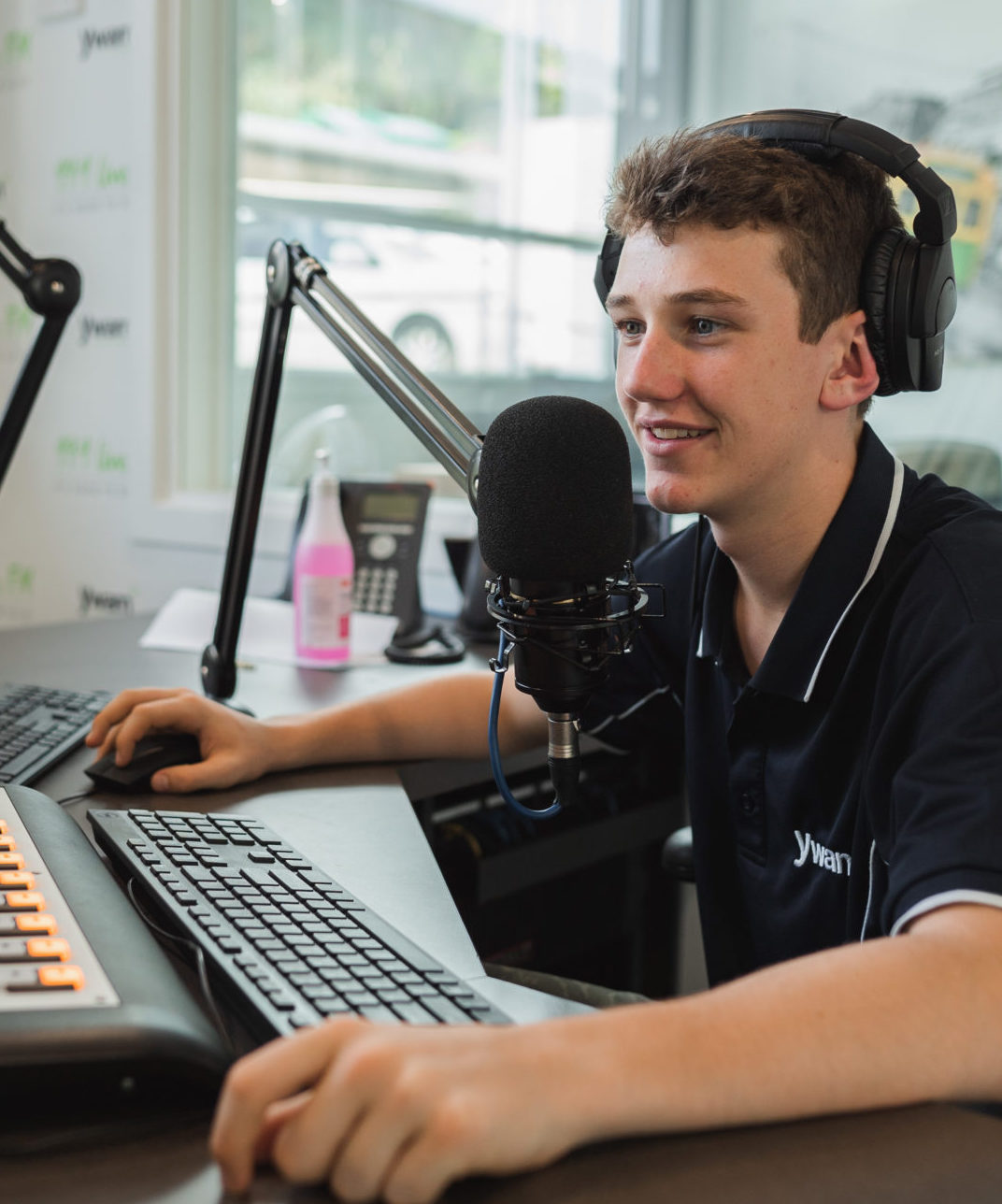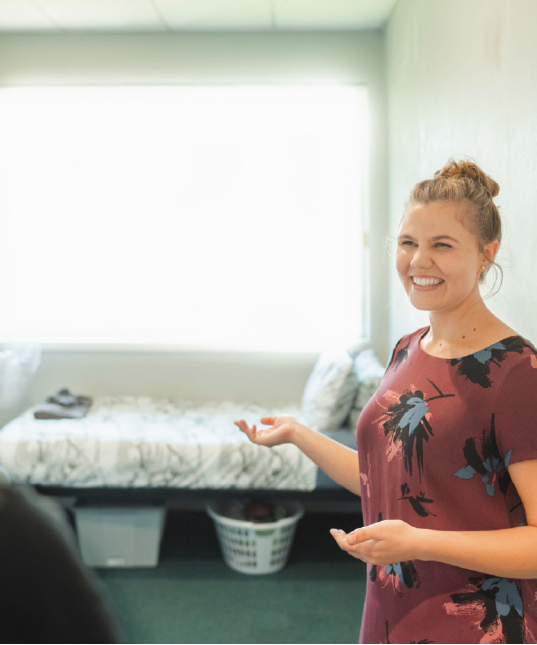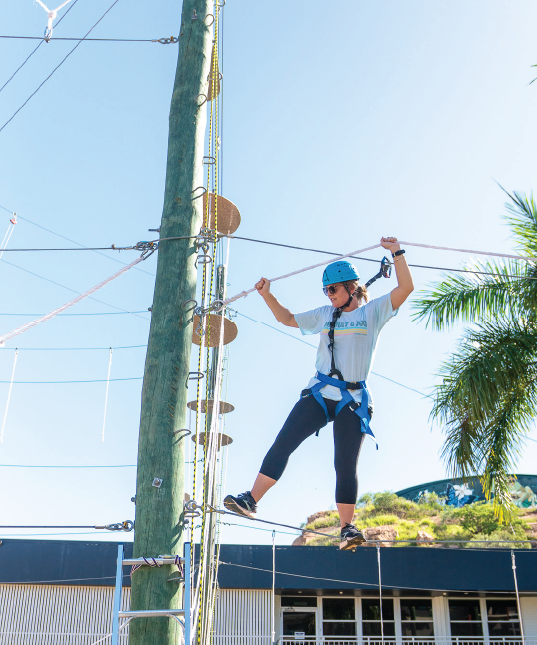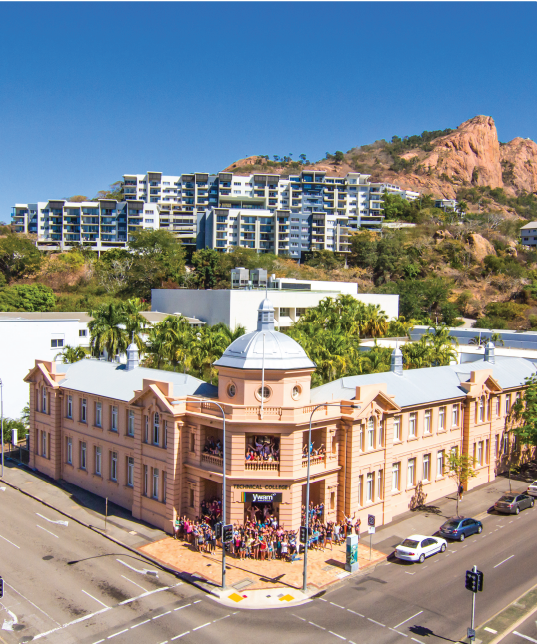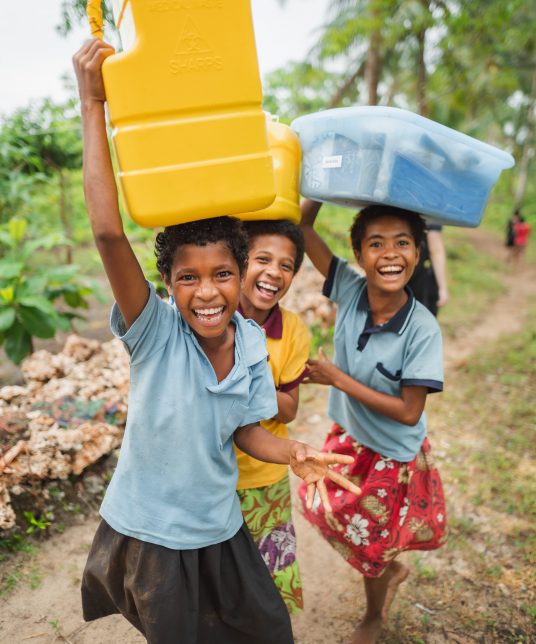During this year’s outreach in the Bamu River region of Papua New Guinea (PNG)’s Western Province, one of the things that we repeatedly heard was that villagers were amazed and thankful that we returned.
They are so isolated that receiving services or resources for community development in the region is a distant, seemingly unattainable, dream. The fact that the YWAM Medical Ship returned a year after our initial visit was not only critical in the health and wellbeing of these communities, but was an extreme boost to morale.
Our presence helped to communicate important messages: You are valuable. You are not forgotten. There is hope for your future.
The Bamu River area is incredibly difficult to get to. However, there is a river just “next door” that’s even harder to reach- the Gama River. As much as we would love to sail our ship into the Gama to provide key services, the conditions of the river make it impossible for our current ship to navigate. At this point, the only way in is to take a small zodiac.
During the early hours of one cold and drizzly morning, we loaded up a zodiac with two of our most experienced crew, a midwife, a nurse, a translator/cultural expert, a photographer/writer, and our outreach leader. After journeying over two hours, we arrived in Nemeiti, the largest village of the Gama River.
Nemeiti is a village of 155 people with no water tank, no school, no marketplace, no health care worker, five short drop toilets, and one functioning radio. In many ways, walking through the village feels like stepping back in time a few hundred years.
Patrols come through every two to three years from the health centre in Balimo to drop off supplies and administer immunisations. If someone has HIV, tuberculosis, malaria, or any other serious illness, it would take them two weeks paddling in a dugout canoe to reach a hospital. Not only would it be a dangerous journey, but it would be rare that a village could scrape together enough provisions to sustain a journey of that magnitude.
In short, when emergency care is needed in this area, families instead prepare to bury their loved ones.
It was an ordinary Tuesday morning when our zodiac arrived laden with medical supplies, mosquito nets, and friendly foreigners. The entire community assembled to eagerly watch us set up our clinic in the church hall. Over the course of the day our small team preformed 33 baby checks, administered 92 immunisations, and cared for a total of 56 patients.
In addition to teaching about hygiene, nutrition, and malaria prevention, we handed out mosquito nets, soap, clean birth kits, and newborn clothes and blankets.
During our clinics in Nemeiti, we were called to another near-by village to help a mother who had given birth the day before. Although her baby had been delivered safely, membranes were still attached to her placenta, which weren’t completely delivered. This left her exposed to a high risk of haemorrhaging and infection.
While half of our team continued with immunisations and administering de-worming tablets, the other half embarked on a twenty-minute journey up river to offer services.
We found the young mother in a dark hut, curled up by a fire. She was laying on boards and a few scattered bits of cloth, smeared with blood and dirt. Her placenta hung on the wall next to her, still connected to her by long, thin membranes. They had taken measures to ensure a successful delivery, but were unsure how to detach the placenta without causing haemorrhaging (postpartum haemorrhaging is one of the leading causes of maternal death in the developing world).
Lydia, our midwife, swiftly sprung into action and was able to complete the placenta detachment with little trouble. Having volunteers with expertise in their fields is an immeasurable blessing! She then administered immunisations to both the mother and the baby and we left the small community among warm smiles as villagers waved farewell, thanking us and imploring that we come back one day.
Back at Nemeiti, the village leader told us that the most common causes of death in the area are sorcery, snakebites, crocodiles, malaria, poor quality drinking water, and unknown pains and sickness. When asked what the greatest needs of the village are he spoke about needing a school, an aid post, a water tank, a tin roof for their church, and teaching how to make sails for their canoes.
Our day trip into the Gama was a successful one – a mother’s life sustained, more than two hundred families served through various health care services and mosquito net distribution, and hope instilled in a people often forgotten. On our way out of the Gama River we stopped by several villages leaving mosquito nets for more than 150 families, and dreaming of the day when we would be able to further navigate these difficult river systems and reach more people with life-giving services, encouragement, and hope!











